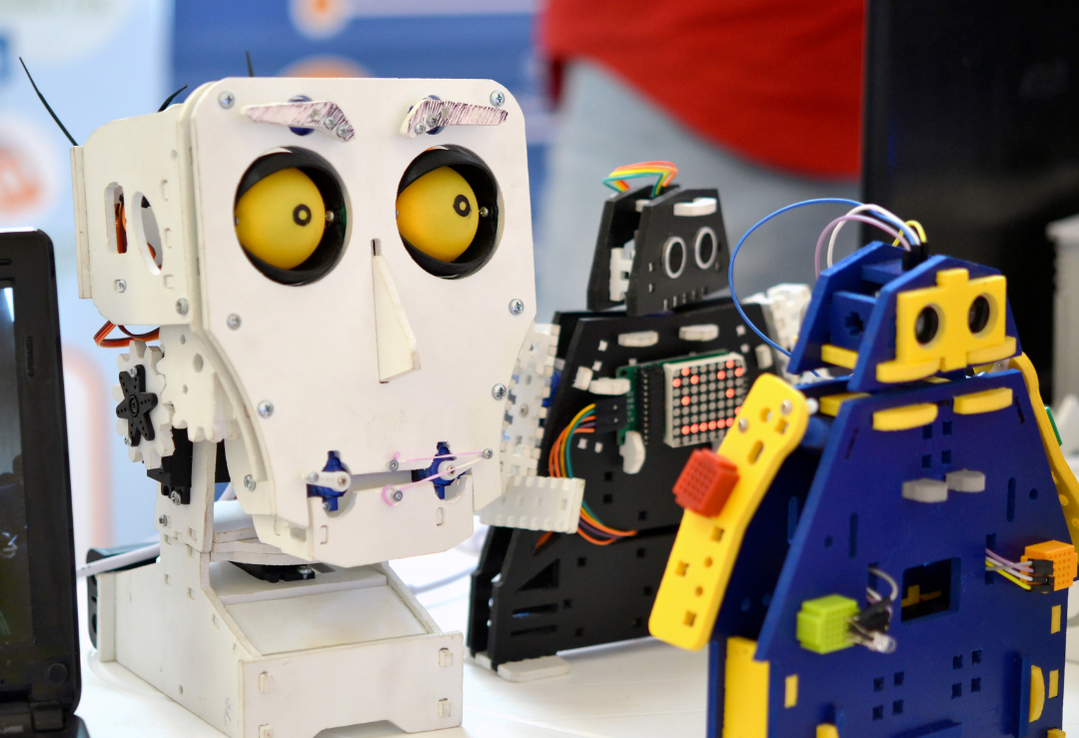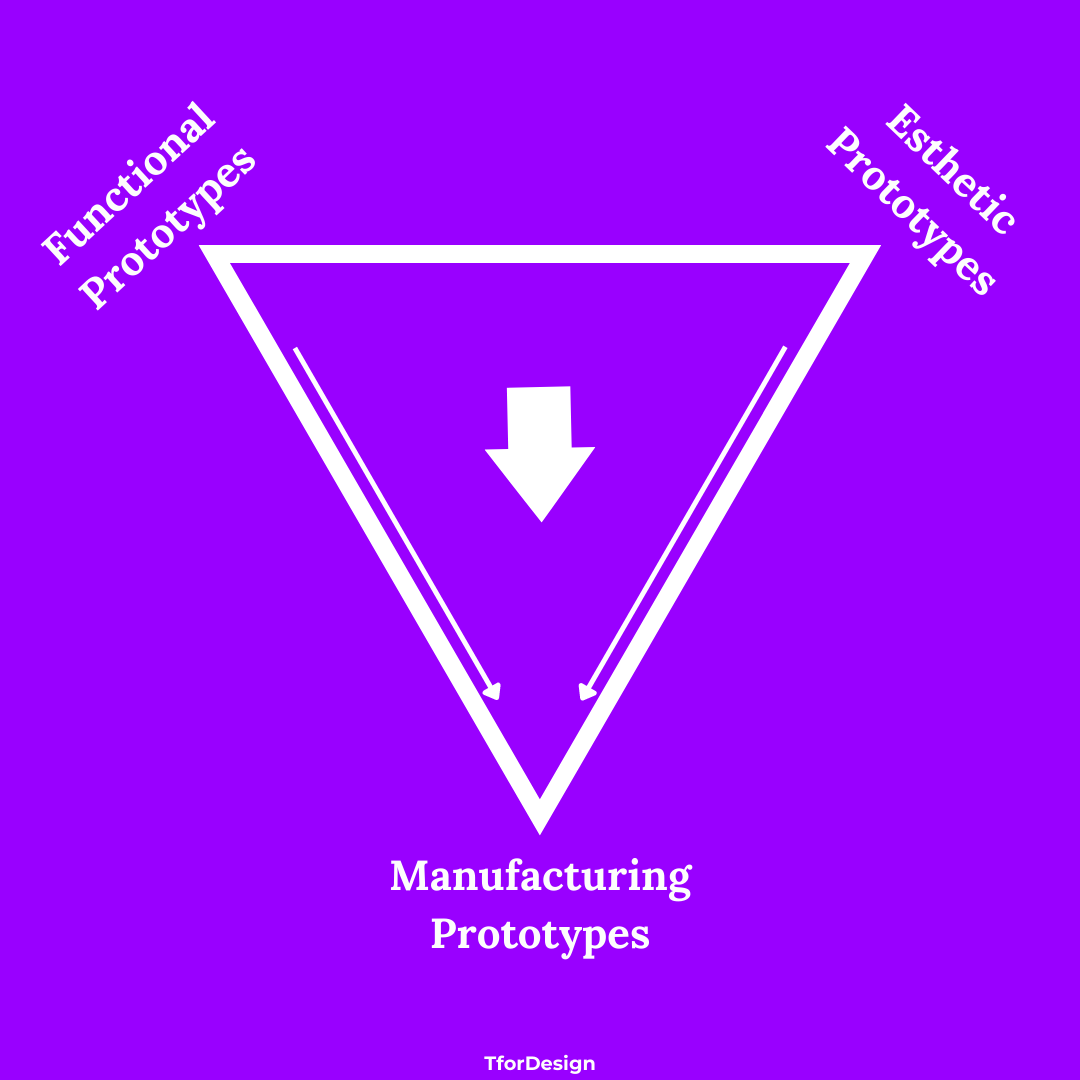|
If you are ever thinking about designing or building any product, you’ll have to build a prototype. So, what are the different types of prototypes for physical products? Let us talk about this here. In a broad sense, a prototype is whatever can make your idea more tangible. A prototype can make your idea feel more real, which can help you gather more support to bring it to life. Prototypes can help you develop, test, and improve your products. Possibilities are that you CANNOT develop a good product without Prototyping. There are three major types of prototypes out there. Each type serves a different purpose. So, let us explore those first. Then talk about how to look at them practically. The three types are Aesthetic prototypes, Functional prototypes, and Manufacturing prototypes. You might hear people refer to them with different names, which is okay. In this article, we will focus on the idea behind each type.
A prototype is whatever can make your idea more tangible. A prototype can make your idea feel more real, which can help you gather more support to bring it to life. Those are the classical types of physical prototypes. On paper, we often think about them as aesthetic, functional, or manufacturing prototypes. In practice, your prototypes might be somewhere in between. So, it might be better to consider those categories as a spectrum rather than fixed types. Your prototypes can then fall somewhere in between. You will most likely move closer to the manufacturing prototype as you progress in your product development process. Keeping those different types and purposes in mind when planning your prototypes is essential. This will help you build more precise plans for your prototypes and make the prototyping conversation easier with your teammates and other stakeholders. So, here you have it, those were the different types of physical prototypes you would most likely engage with. Even though the above classification might be more relevant to physical prototypes, prototyping practices have expanded with the rise of the service economy and digital products. Would you like another article just on those expansions? Let us know in the comments below. You can also check out our Intro to Prototyping Program to know more about the practice of Prototyping. Back to you now, what are your thoughts on Prototyping, and what are your experiences with it? Were you familiar with the types of prototypes we mentioned here? We would love to hear your thoughts in the comments below. By Tayseer AlmattarTayseer is a passionate designer and educator. He believes that innovation potential can be grown and nurtured within organizations with relevant design innovation processes.
LinkedIn: https://www.linkedin.com/in/tayseer-almattar-design-innovation
2 Comments
2/23/2023 09:25:14 pm
Thanks for sharing this content with us. This Information is very helpful and useful topic. Such a great information.
Reply
Leave a Reply. |
AuthorThe following blogs are written by TforDesign team and community members. Categories
All
|
© 2013 - 2024 TforDesign. All rights reserved.
Terms & Conditions | Privacy Policy | Cookie Policy | Sitemap
Terms & Conditions | Privacy Policy | Cookie Policy | Sitemap




 RSS Feed
RSS Feed